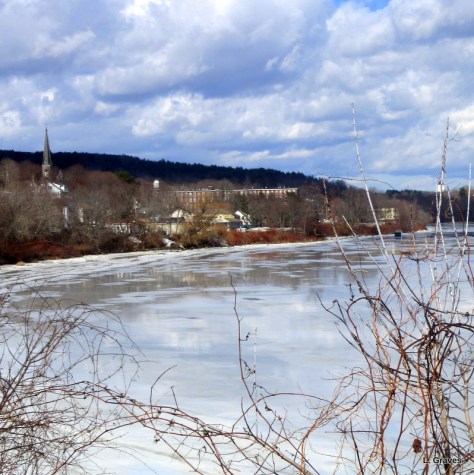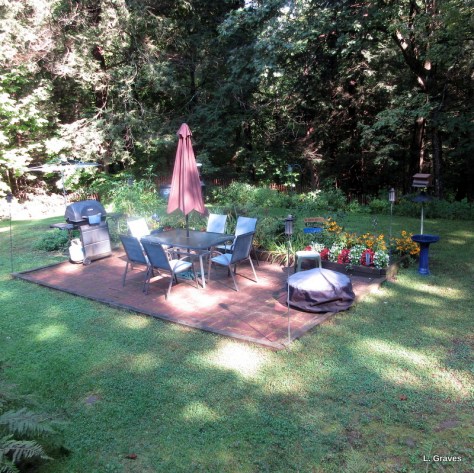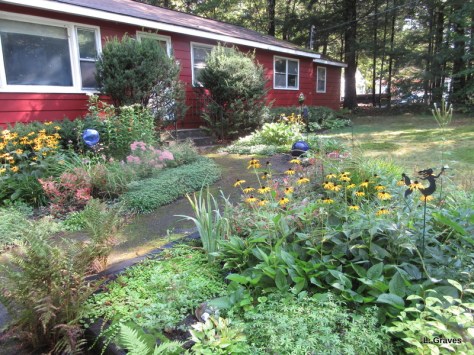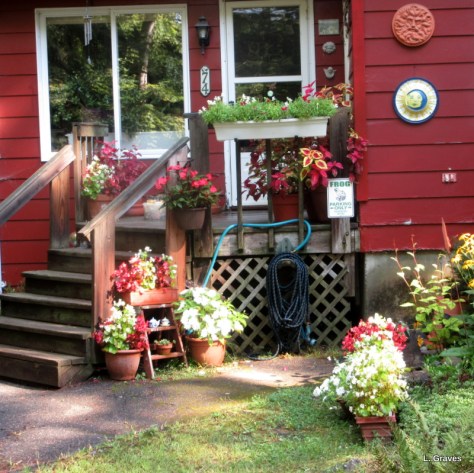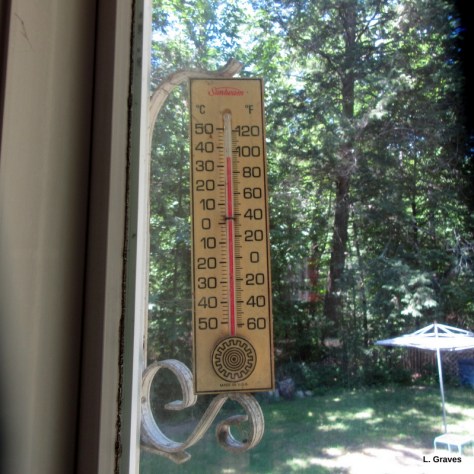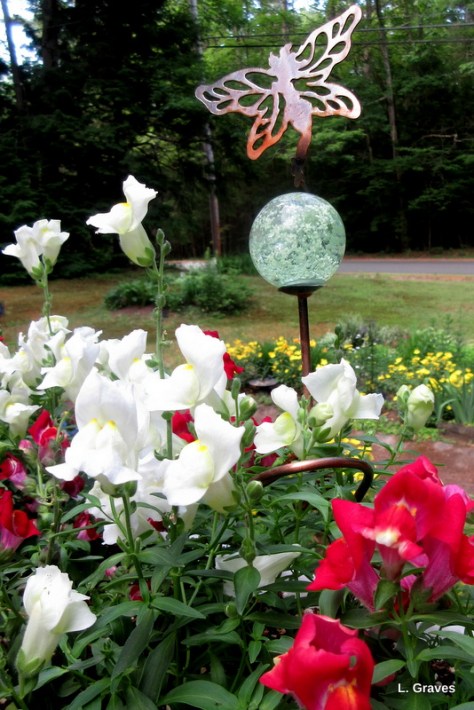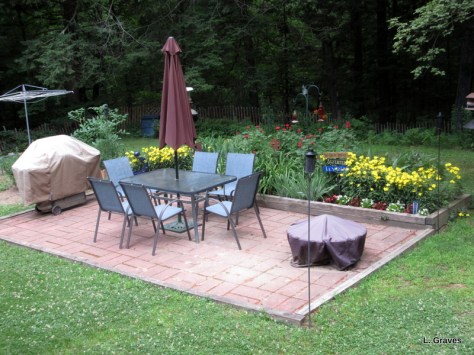To a large degree, we are all here because of chance. If my mother had married another man, there would be no me. The same is true for my brother. Another daughter or another son, perhaps, but not the two of us with our exact genetic inheritance.
However, for my friend Ed Vigneault, the story of his existence is even more weighted by chance, a tragic, improbable tale that started sometime around 1815 in the waters off the Magdalen Islands, a small archipelago in the Gulf of Saint Lawrence. The archipelago is part of the province of Québec, and its French name is Îsles de-la-Madeleine. Population: 12,781.
According to Wikipedia, the territory once belonged to the Mi’kmaw Nation, and they named this cluster of islands Menquit, which means “battered by waves.” Later, it would be called Menagoesenog, or “battered by the surf. ” Both names give a vivid description of the rough waters that pound the Magdalen Islands, and through the years there have been over 400 shipwrecks. Some of the islanders are descendants of the survivors. And even though he isn’t an islander, this brings the story back to my friend Ed and the year 1815, long before Ed was born.
A ship from Europe, probably from the British Isles, was sailing to Canada. But before the ship reached port and was somewhere near the Magdalen Islands, a terrible storm blew in, a tempest. The ship was obviously in trouble, but the storm was so bad that none of the fisherman from the islands dared go out to rescue the passengers.
As the islanders feared, the shipped crashed against the rocks, throwing passengers into the ocean. On a beach near Dune du Sud on the island Havre aux Maisons, bodies washed onto the sand. As the islanders searched for survivors, they found a heartbreaking sight: A dead woman clutching a baby, who, incredible as it might seem, was alive. That baby was Ed’s great-great-grandmother, and a family—the Cummings—on Havre aux Maisons adopted her, naming the baby Sophie Peine. Because of her tragic beginning, Sophie was also known as “La Petite Misère,” which I’m sure needs no translation even for those who don’t speak French.
I first heard this story, told by Ed in broad outlines, at a gathering at a friend’s house, and I was immediately gripped by it. In my mind’s eye, I could see dead bodies—some face up, some face down—washed on a sandy beach. Waves break over them, pushing them farther up the beach and then rolling them back a little. With resignation, the islanders come to the beach, searching for survivors. Dead, dead, dead. Then they hear an infant cry and find baby Sophie in her dead mother’s arms. I think of the force of will it must have taken for that mother—Ed’s great-great-great grandmother—to hold on to that baby, to not let go as the ocean threw them toward the rocks and the sand. If the mother had loosened her grip just once, the baby would have been swept away to drown, and there would have been no Ed.
Knowing I was interested in hearing more, Ed and his wife Becky invited me over for tea one morning so he could fill in the details. He told me that when his niece and his sister started doing genealogy, she discovered the sad story of Sophie Peine. He spoke of how Sophie lived to be a woman and married a man named Bénoni Arseneau. They would have many children together, and eventually they moved to Natashquan, in the Province of Québec. The community is so remote that until 1996, it could only reached by either plane or boat. Ed’s great-grandmother would be born in Natashquan, and it was in Natashquan, on dry land, that Sophie, La Petite Misère, died.
When he was done talking about his family, Ed brought out a small plastic container. Inside was sand, scooped from the beach on the island where Sophie and her mother washed up. On top of the sand was a little piece of driftwood.
Ed said, “I like to think this piece of wood came from the ship Sophie was on.”
I just nodded. Such a lovely thought that connects Ed to his great-great-grandmother, the improbable survivor of a storm that took so many lives, including the life her own mother.






